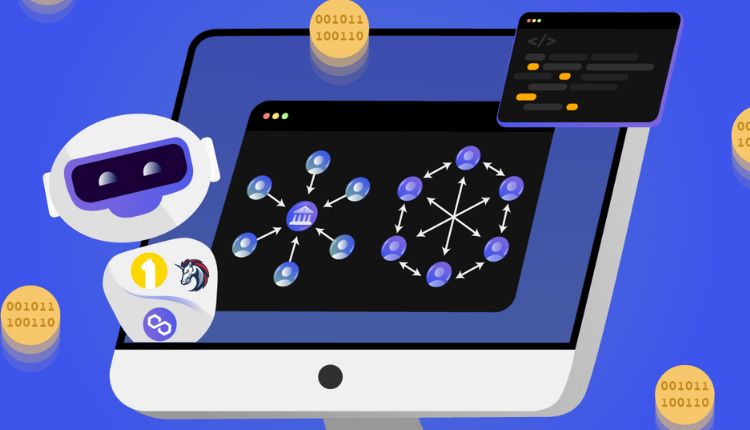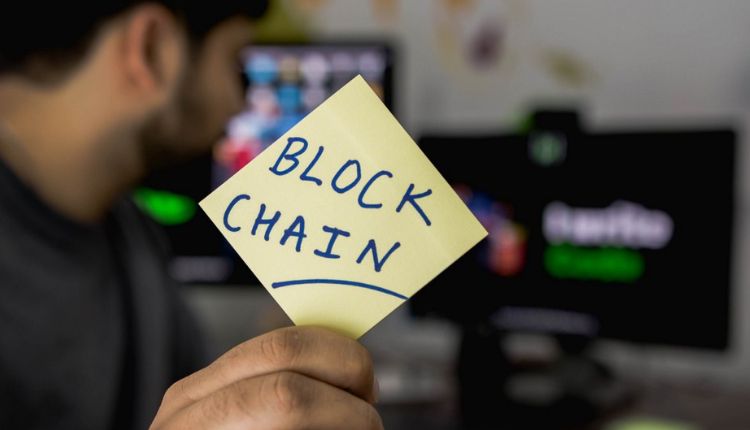
How AI Trading Can Transform Investing And Trading
Using AI trading technology, traders can make decisions quickly and accurately. This can help them react faster to market trends and take advantage of opportunities that may be missed by human traders. AI stock trading algorithms eliminate emotional biases and make objective decisions based on data-driven analysis. However, they must be monitored and tested regularly to ensure their accuracy.
Accuracy
AI trading software leverages machine learning to predict market trends and patterns. Its accuracy improves with continuous monitoring and optimisation. AI systems also reduce the risk of human emotions and cognitive biases that can lead to inaccurate trading decisions. This technology helps traders make better decisions by analysing huge volumes of data at an unprecedented speed. It is also capable of identifying risks and determining how to diversify portfolios. AI systems are also able to spot anomalies that human analysts may miss.
In addition, it automates the execution of trades, reducing manual intervention and freeing up time for research and strategy development. However, AI systems can be overly optimised if they’re trained on historical market conditions. This can be dangerous in volatile and unpredictable market conditions.
Efficiency
AI stock trading software analyzes data to identify price fluctuations and market irregularities. It also flags anomalies that analysts need to review. This saves time and resources and improves efficiency. However, the system is not perfect and requires ongoing monitoring. Unlike human traders, which are prone to making emotional decisions, AI stock trading systems can make consistent and objective decisions. This eliminates biases and ensures that you are executing the best possible trades.
AI Trading algorithms can process large volumes of information more quickly than humans, and they can identify patterns that are often missed by manual analysis. They can also help you avoid mistakes by minimizing risk factor analysis and identifying diversification opportunities. This can lead to better portfolio management and improved performance.
Time
Artificial intelligence (AI) has revolutionised the way we perform everyday tasks, such as paying utility bills automatically, using face ID to lock and unlock our smartphones, or engaging with chatbots for customer service. AI can also be applied to trading, where it makes market predictions based on real-time data and automates the process of making trades.
It reduces the need for manual intervention, saving time and allowing you to devote more attention to strategy review and research. It can also identify trends and patterns that humans may miss, enabling you to make more accurate trading decisions. Additionally, it can eliminate emotional biases and promote disciplined decision-making. You can find AI trading bots on platforms like eToro and Tickeron, which connect with your broker to automate the trading process.
Costs
AI has transformed the way we do many tasks – from paying utility bills to using face ID to unlock your smartphone. It also has applications in the world of investing and trading. AI trading uses algorithms to analyze market data and news feeds to provide accurate predictions in real-time. It also allows you to automate the trading process and make informed decisions about when to buy or sell assets.
However, there are several costs associated with AI trading, including programming and maintenance expenses. Moreover, these systems are constantly evolving and may be more effective in some environments than others. Nevertheless, AI trading can be cost-effective over the long term by saving on traditional broker, analyst, and advisor fees. In addition, it can reduce trading expenses by removing emotions from the trade.
Risks
AI trading systems can be risky if they are not properly tested before being implemented in live trading. A good way to test an AI trading platform is by back-testing it on historical market data. This can help ensure that the system’s rules are valid and will work effectively in real-world trading situations.
Another risk of AI trading is that it may not be able to identify subtle market signals, such as price fluctuations, that human traders might miss. These fluctuations can result in lost profits. AI trading algorithms can also be prone to biases, which can cause them to make inaccurate predictions and investment decisions. This can be a problem if the AI model is not updated with new information or when unpredictable market fluctuations occur.
Conclusion
With trading bots, investors can automate repetitive tasks while allowing the software to monitor the market 24 hours a day. This reduces overhead expenses while offering reliable long-term gains. One example is Trade Ideas, which offers a number of tools and features. Its proprietary Holly AI product scans millions of trading scenarios around the clock to highlight opportunities.




